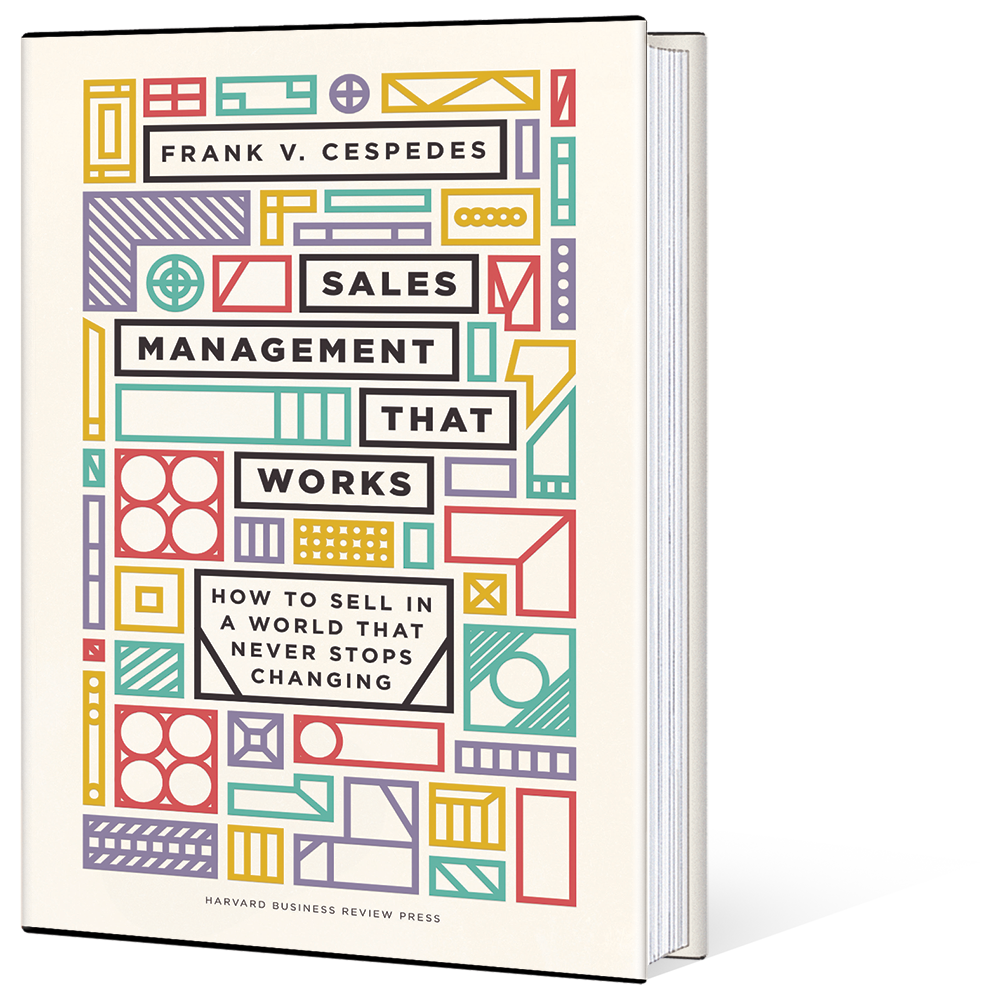Note: this article first appeared in Top Sales Magazine, which you can find here.
Artificial intelligence (AI) is now a loose term for many different things. But the value proposition at the heart of AI is that the tools can do a task nearly as good or better than people, freeing-up time for people to do the tasks they do best.
Peter Drucker made this core point years ago in an article titled “The Manager and the Moron”: “The computer only carries out orders. It’s a total moron, and therein lies its strength. It forces us to think, to set the criteria.” AI machine learning tools are not an exception. In fact, the nature of machine learning makes Drucker’s distinction more salient and, in sales, freeing-up time is a big deal. Here are two places where AI can help:
Customer Contact Time. Most salespeople spend less than 50% of their time in customer contact. Estimates are 30-35% and this figure includes emails, phone calls, webinars as well as virtual or in-person meetings and demo’s. Consider the impact in your business of increasing time spent prospecting or selling/servicing current customers by an incremental 10 – 20%. In most companies, that’s a major productivity boost and it typically increases the addressable market, because economically infeasible segments become feasible with better go-to-market utilization.
There are AI tools that save much time in content marketing, personalizing emails, and helping salespeople find information about the industry, company and people they meet. Then, AI tools from firms like RNMKRS help reps practice relevant sales conversations when that is most helpful. If you are not using these tools, watch what your competitors do with them.
Lead Generation and Qualification. Many people think about AI as a “prediction” tool. In my experience, that’s usually an overhyped claim because of the data inputs [see below]. But when it comes to lead generation and qualification, AI tools do help to identify and clarify the relevant parameters and often with more market accuracy than folk wisdom driven by compensation incentives.
This is another big deal because in most firms the selling cycle is the biggest determinant of time-to-cash, working-capital requirements, and funding needs. Higher interest rates mean higher costs of capital, and longer selling cycles increase the costs of false positives in your pipeline. Thus, better lead-gen and qualification is even more valuable. Especially in B2B markets characterized by multiple RFPs and pre-sale customization requirements, this ability is crucial to allocating available business-development resources wisely.
Firms like REV now provide proven AI tools that help marketers and salespeople understand traits common to your current “best” customers, identify segments that have been over-looked, and use that information to generate (via AI) tailored content, posts, landing pages, and outreach questions that improve lead qualification earlier in the selling cycle. And all of this with less human effort spent in research and data retrieval and, over time, reduced cost-to-serve.
That said, here are two warnings about those productivity opportunities and factors affecting ROI:
Garbage-In-Garbage-Out remains a tech truth. AI tools depend upon the data inputs and, in sales, usually data from the CRM system. This is noisy and unreliable data in most firms—not because of the software, but the human inputs. Different salespeople interpret “lead… qualified lead… probability of purchase” differently, and CRM simply aggregates those diverse, subjective inputs.
The biggest time and expense is not buying AI tools, but cleaning-up and keeping relevant the data inputs. And that’s a management issue, not just a data or technology issue. Good data in sales depends upon good performance evaluations and account reviews. Managers must manage.
Updating data for AI applications will be a growing issue. Deleting data from traditional computer storage is fairly straightforward. But generative AI doesn’t copy data into memory; it trains neural networks to recognize and then reproduce relationships and patterns among bits of data. And as it does this, the machine learning algorithm doubles-down on the patterns generated by that data, even as market and buying changes make that historical data increasingly out-of-touch. Up-dating and retraining AI models are time-consuming and expensive. As a Microsoft research team puts it, it’s like “trying to remove specific ingredients from a baked cake.” The result is often a one-time productivity bump, then steeply diminishing returns–a pattern in many current uses of AI. Generating ROI from AI means a different management model, not simply a shiny new toolbox.
AI is at the peak of the hype curve, so managers hitch-their-pitch to the term in arguing for resources. But if you are a CRO or C-Suite leader do not let hype substitute for a strategy and remember that, like any technology, business value depends upon actionable use cases embraced by the users.

